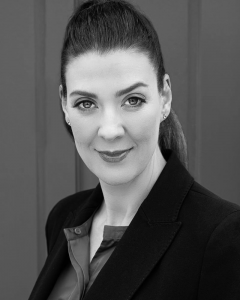When it comes to aged care decisions, mistakes can come at a high price emotionally and financially. Here are the most common mistakes and how to avoid to them.

Assuming an aged care home will be more affordable than home care: Many people receiving a Home Care Package will reach a point where the package is not enough to give them all the care they need.
At this point, they face a decision, top up the package using their own money or move into residential aged care.
The decision is often made to move into an aged care home with the assumption being that it will be more affordable. In reality, it can be tens of thousands of dollars more.
Planning ahead means that you will be well-informed about where you want to move in the future. Respite is a great way to try an aged care home (or even a few), it is also very affordable as there are no accommodation payments or means tested care fees. You simply pay the basic daily fee of $61 per day plus an additional service fees for things like hairdressing, wine and entertainment.
Moving before you know the cost: Possibly the most common mistake people make is to move into an aged care home before they know the cost.
Whether you will be classified as a low means resident (with the government subsidising some or all of your accommodation cost), or need to pay the market price, will be based on your assets and income on the day you move in. Unfortunately, many people move in only to discover that they are slightly over the cut-off and it is too late to adjust their assets or income.
Selling the house: While the refundable accommodation deposit (RAD) is normally hundreds of thousands of dollars, you don’t have to pay it as a lump sum. You can choose to pay by daily payment or as a combination of daily payment and lump sum.
Funding the deposit is what often leads people to hastily sell their home. You need to think carefully about doing so because the home has a two-year asset test exemption for calculating your pension and is only included in your aged care assets up to a capped value of $197,735.
Kids paying the RAD: The perceived pressure to pay the deposit means that sometimes the kids “pass the hat around” and pay the refundable accommodation deposit.
Any amount paid as a RAD is included in your aged care assessable assets, meaning your means tested care fee will go up. The other trap that often catches families is that the RAD is refunded to the resident or their estate, not those who paid the money.

Seeking advice from a specialist adviser will mean that you know the options available to you, what they will cost now and in the future and the smartest way to pay for it. It’s a worthwhile investment.
Rachel Lane is the author of the bestselling book Aged Care, Who Cares? and Downsizing Made Simple with fellow finance expert Noel Whittaker. The new edition of Downsizing Made Simple is now available online.
- Advice given in this article is general in nature and is not intended to influence readers’ decisions about investing or financial products. They should always seek their own professional advice that takes into account their own personal circumstances before making any financial decisions.
The original article was published on the Sydney Morning Herald website.







